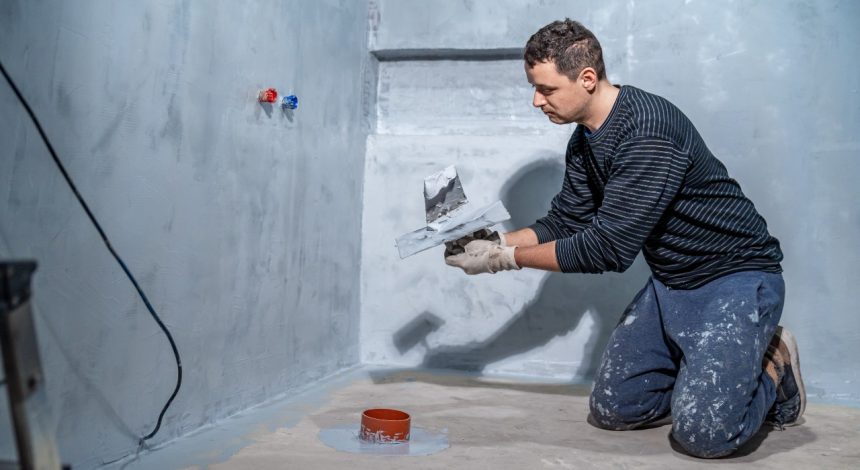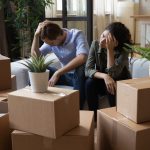It’s one of the most common building defects in the construction industry today.
New projects plagued with problematic leaking has put Australia’s waterproofing industry’s reputation on notice.
But as the nation’s battle against leaking construction continues, waterproofers are on a mission to seal up their skills to alter their industry and solve the leaky building crisis.
Waterproofing experts believe that by getting all waterproofers on the same wavelength through additional training, they will ultimately be able to reshape the industry’s faltering image.
This new push for standardisation promises better consistency in surface preparation, membrane application, and compliance with the latest construction codes, ultimately ensuring that Australian waterproofing standards are met and leaks become less common.
Staying up-to-date with the latest rules, tips, and tricks, they aim to raise industry standards – ending the hit-and-miss reputation.
By upskilling, waterproofers hope not only to avoid costly mistakes and reputation ruin but also to float to the top of their industry within their region, sealing their path to success.
How small leaks began to overflow the waterproofing sector:
Dodgy waterproofing has been a long-standing issue in new construction projects across the country over the last decade, leading to uninhabitable properties, homeowner debt, and Aussies needing a roof over their heads.
Despite efforts from regulators, watchdog interventions, and substantial media attention, waterproofing problems still make up 8 out of 10 building defects.
Meanwhile, more than half of NSW strata buildings have faults, with leaks being the most common issue.
In the last year, over 1,000 faulty bathrooms were torn out of new apartments in NSW alone, highlighting the scale of the problem.
To combat these issues, top tradies in the industry are taking steps to tackle these waterproofing woes head-on by seeking out quality training programs.
The most prevalent waterproofing problems in homes have occurred due to faulty installation or a lack of quality waterproofing product systems.
Examples of such problems include:
● Applying the waterproofing in the incorrect sequence.
● Not choosing the correct waterproofing product.
● Not allowing enough time for the waterproofing to cure.
● Not installing waterproofing in mandatory areas.
● Skipping waterproofing in areas.
Why waterproofers should upskill:
Even the smallest of waterproofing faults can lead to catastrophic consequences.
Waterproofers must get it right the first time by ensuring they’re confident in their skills and up to date on the latest industry standards.
Poor workmanship and simple mistakes can quickly dampen a waterproofer’s career, with contracts leaving tradies liable for the errors.
The bathroom is already one of the most expensive parts of a building to renovate, poorly installed waterproofing will often mean demolishing the entire bathroom to fix it correctly.
Water damage is often a result of a waterproofing membrane being installed incorrectly or failing to meet Australian waterproofing standards.
All waterproofing must remain current with the Building Code of Australia and Australian Standards AS3740-2010, waterproofers whose work is not to code can be liable for damages later on.
This often means staying aware of the latest changes in construction regulations, using only trusted waterproofing product systems and enrolling in educational courses.
The small additional investment in a quality training program to brush up on the latest waterproofing rules, tips, and tricks can save waterproofers thousands in the long run and even lead to more work through consistently positive customer feedback in a hit-and-miss industry.
Why renovators should seek an upskilled waterproofer:
Going the extra mile to seek out a waterproofer who has up-skilled their workmanship can save thousands of dollars in the long run by ensuring the job is completed correctly the first time.
A new bathroom may not meet Australian waterproofing standards when done as a DIY job or by a waterproofer who lacks the correct certification, training, insurance or guarantees.
Even if your location permits you to waterproof a wet area yourself, it’s highly recommended to use a licensed waterproofing specialist who can demonstrate they’re educated and trained on the latest industry standards.
Before proceeding with a waterproofing project, it’s always okay to request copies of a waterproofer certification, licences, reviews and even evidence of additional training.







